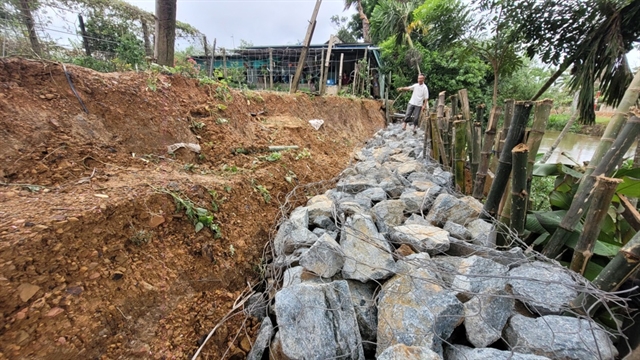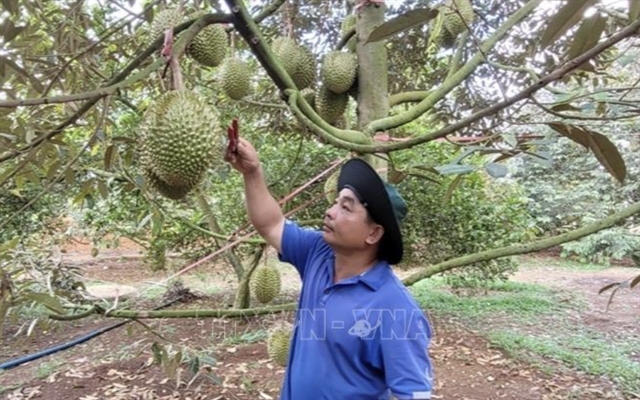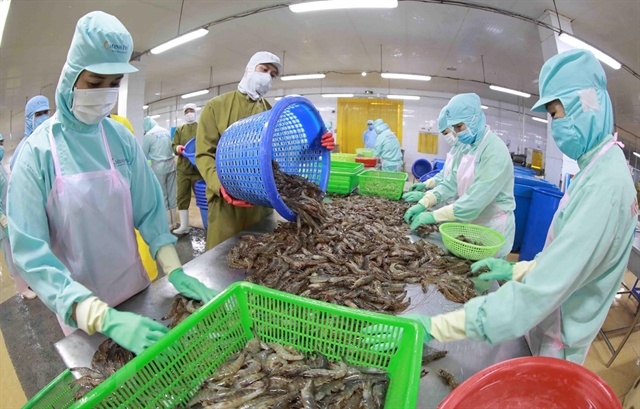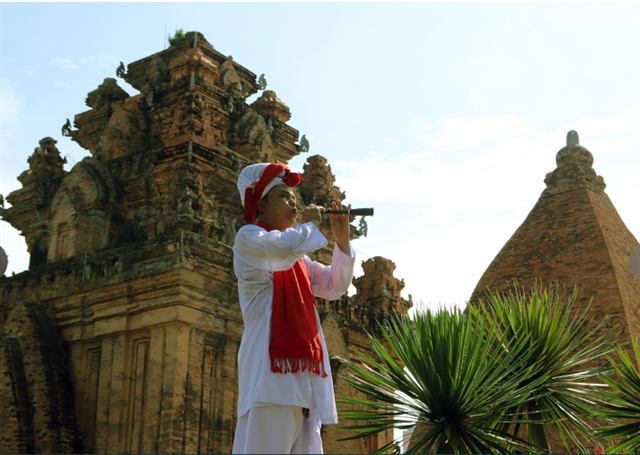 Life & Style
Life & Style

Fifty-seven grottos have been discovered in the central province of Quảng Bình, home of Sơn Đoòng Cave, the world’s largest cave.
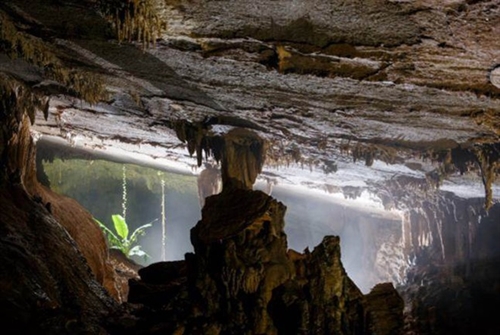 |
| Greenery: The entrance leading to Hòa Hương Cave. — Photo courtesy of British Cave Research Association’s explorers |
QUẢNG BÌNH — Fifty-seven grottos have been discovered in the central province of Quảng Bình, home of Sơn Đoòng Cave, the world’s largest cave.
The British Cave Research Association’s exploration team, led by Howard Limbert, announced the findings in the province yesterday morning, following investigations conducted over more than a month.
According to Limbert, most of the caves are located in the Phong Nha-Kẻ Bàng National Park at 14 locations featuring very hilly topography, hidden inside local primary forest.
Hoà Hương, named after a husband and wife who discovered the cave’s entrance, is the most prominent newfound cave. It is said to be 5 million years old and 2,876m long. Several Vietnamese accompanied the team, including a local pilot and experts from the national park and Hà Nội National University.
Limbert said the cave was formed underneath a big lake which has now dried up. He also said the cave might experience inflow of water during flood season. Inside the cave, explorers found a new species of scorpion with a ‘transparent’ body.
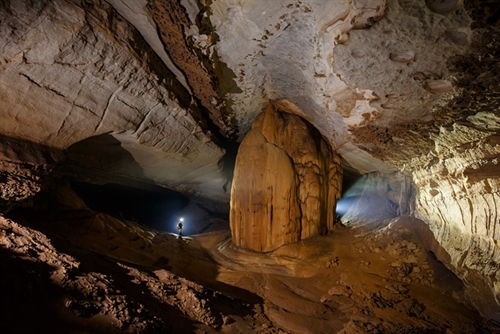 |
| The view inside: Hòa Hương Cave. — Photo courtesy of British Cave Research Association’s explorers |
Of the 57 caves, the ‘new’ 2,519m long Hang Tiên - which shares its name with a cave already exploited for sustainable tourism in the province - has the most potential for tourism and will be exploited in the near future.
Other caves discovered include 1,500m long Hang Bom, 1,430m long Hang Dinh, and 1,360 long Rục Ma Rinh.
The team pledged more exploration trips in 2017.
Experts from the British Cave Research Association have conducted 17 trips in the province, discovering and exploring 311 caves, including the world’s longest watery cave, Hang Ri, and the world’s biggest cave, Sơn Đoòng.
In the announcement ceremony yesterday, the People’s Committee chairman of the province, Nguyễn Hữu Hoài, applauded the efforts of British cavemen and Howard Limbert himself for outstanding contributions to cave exploration in the province.
During this year’s explorations, explorers took an 8-day trip inside the cave and they had to cut trees to harvest water for survival. — VNS
Viet Nam News' exclusive interview with Howard Limbert:How did this expedition come about? Where did you go? We sponsor expeditions to Việt Nam every 2 years, or every year, if possible. This year a team of 13 explored Quảng Bình Province caves over a period of 6 weeks, with Hà Nội University of Science. How big is the area you covered? How many people went on this trip? The limestone area is very large, with many unexplored areas. But the terrain is extremely difficult. Even with 13 team members we did not manage to visit all the areas we wished to see. What was your biggest discovery this year? We discovered many exciting things. We found 130m vertical shafts to the Sơn Đoòng River, near Eight Ladies Cave. We found an exciting cave in Hòa Hương: the cave formed underwater and it may be 5 million years old. We explored Hang Tiên 2, a huge cave passage in Minh Hóa district. We also found a new area in Hóa Sơn, where there are more caves which could be very important. What can we expect from these findings so far? There is still a lot of work to do to fully understand the cave systems of Quảng Bình. We plan to return next year with a small team to finish exploring the caves we did not manage to complete. What’s your message to those who want to experience a cave tour? Việt Nam - and especially Quảng Bình - is the adventure capital of South East Asia. So if you have a chance to visit these amazing natural wonders, just go. — VNS |

